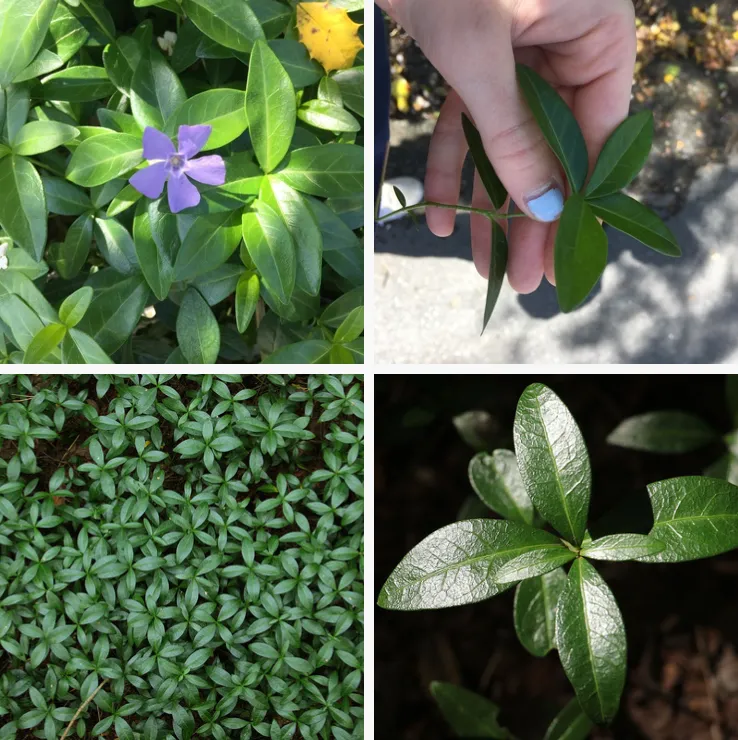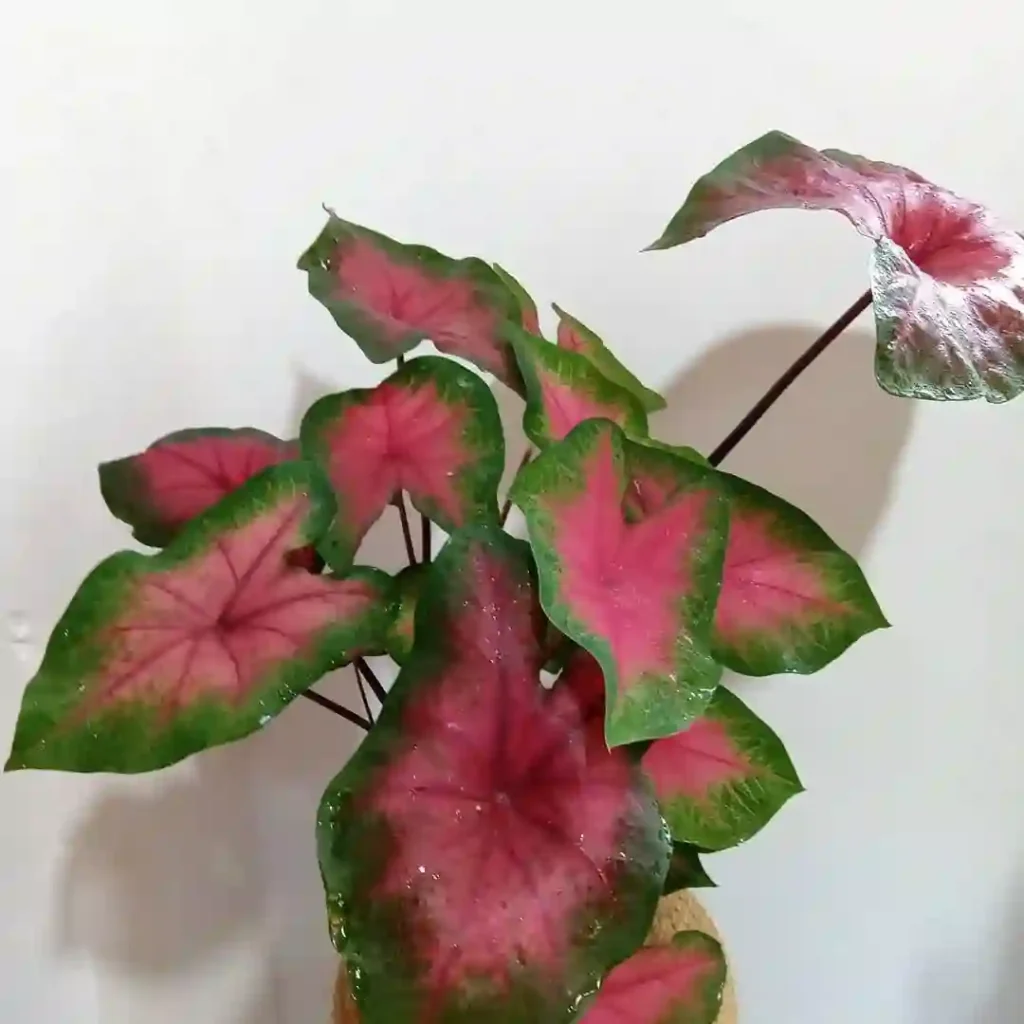FAQs About Aleurites Moluccana
As a plant enthusiast, I often get asked about different types of plants, and one that piques a lot of interest is Aleurites Moluccana, also known as the Kukui or Candlenut tree. It’s a fascinating plant with a rich history and a variety of uses. If you’re considering adding this unique tree to your garden, or you’re simply curious about it, here are some frequently asked questions that might help you.
Plant Family: 229 Genera in Euphorbiaceae – Spurge Family
What Is Aleurites Moluccana?
Aleurites Moluccana, commonly known as the Kukui or Candlenut tree, belong to the Euphorbiaceae family, is a species native to Southeast Asia and the Pacific Islands. It’s the state tree of Hawaii and is well-known for its distinct appearance and versatile uses. The tree can grow up to 50-80 feet tall, with a broad, spreading canopy. Its leaves are pale green, lobed, and can be quite large, often adding an interesting texture to the landscape.
The Kukui tree is easily recognizable by its nuts, which are hard and round, encased in a green husk. When ripe, these nuts turn a dark brown or black color. Historically, the nuts were used to make candles, hence the name “Candlenut.” They contain oil that can be extracted and used for various purposes, including cooking and lighting.
How to Care for Aleurites Moluccana?
Caring for Aleurites Moluccana is relatively straightforward, making it a popular choice for both novice and experienced gardeners. Here are some tips on how to care for this tree:
- Light Requirements: Aleurites Moluccana thrives in full sun, so it’s best to plant it in a location where it will receive plenty of sunlight throughout the day. However, it can also tolerate partial shade, which makes it versatile in different garden settings.
- Watering: While the Kukui tree is drought-tolerant once established, it’s important to provide regular watering, especially during the initial growth stages. Ensure the soil is well-draining to prevent waterlogging, which can lead to root rot.
- Soil Preferences: This tree prefers fertile, well-draining soil. It can grow in a variety of soil types, including sandy, loamy, and even slightly acidic soils. Adding organic matter to the soil can enhance its growth.
- Pruning: Pruning isn’t strictly necessary, but it can help maintain the tree’s shape and health. Remove any dead or damaged branches, and trim back overgrown areas to encourage new growth.
- Fertilization: Applying a balanced fertilizer in the spring can promote healthy growth. Organic compost is also a great option to provide the necessary nutrients.
How to Propagate Aleurites Moluccana?
Propagating Aleurites Moluccana can be done through seeds, which is the most common method. Here’s how you can do it:
- Seed Collection: Collect ripe nuts that have turned dark brown or black. Make sure they are healthy and free from pests.
- Preparing Seeds: Soak the seeds in water for 24 hours to soften the hard outer shell. This will help speed up germination.
- Planting: Plant the seeds in a pot filled with well-draining potting mix. Plant them about an inch deep, and water them thoroughly.
- Germination: Place the pots in a warm, sunny location. Keep the soil moist but not waterlogged. Germination can take several weeks, so be patient.
- Transplanting: Once the seedlings are strong enough, they can be transplanted into the ground or larger pots. Make sure they have plenty of space to grow.
What to Plant with Aleurites Moluccana?
Aleurites Moluccana can be a striking centerpiece in any garden. When considering companion plants, it’s important to choose those that thrive in similar conditions. Here are some good companion plants:
- Tropical Plants: Since Aleurites Moluccana is native to tropical climates, it pairs well with other tropical plants like hibiscus, plumeria, and bird of paradise. These plants not only share similar growing conditions but also create a lush, vibrant garden aesthetic.
- Ground Covers: Planting ground covers such as creeping thyme or Asian jasmine under the tree can help retain soil moisture and prevent weeds.
- Ornamental Grasses: Grasses like fountain grass or sedge can complement the tree’s large leaves and provide a nice contrast in texture.
Is Aleurites Moluccana Toxic?
Yes, Aleurites Moluccana is toxic. The nuts contain saponins and phorbol, which can cause severe gastrointestinal distress if ingested. While the oil extracted from the nuts is used in cooking, it’s important to note that the nuts themselves should not be eaten raw. Always handle the nuts with care, especially around pets and children.
Benefits of Aleurites Moluccana
Aleurites Moluccana is not just an ornamental tree; it has several benefits:
- Cultural Significance: In Hawaii, the Kukui tree holds cultural importance. The nuts are used in traditional leis, and the tree is often a symbol of enlightenment, protection, and peace.
- Medicinal Uses: Traditionally, various parts of the Kukui tree have been used in folk medicine to treat a variety of ailments, from skin conditions to digestive issues.
- Oil Production: The nuts are rich in oil, which can be used for cooking, as a moisturizer, and even as a natural remedy for minor skin ailments.
Common Problems with Aleurites Moluccana
While Aleurites Moluccana is relatively low-maintenance, it can face some common issues:
- Pests: Like many plants, the Kukui tree can be susceptible to pests such as aphids and scale. Regularly inspecting the tree and using natural pest control methods can help manage infestations.
- Diseases: Fungal infections can occur if the tree is grown in overly damp conditions. Ensuring proper air circulation and avoiding overwatering can help prevent these issues.
- Nutrient Deficiency: Yellowing leaves can be a sign of nutrient deficiency. Providing a balanced fertilizer can help keep the tree healthy.
Comparing Aleurites Moluccana to Similar Species
Aleurites Moluccana can sometimes be confused with Aleurites Fordii, also known as the Tung tree. While both belong to the same family and have similar nut-like fruits, Aleurites Fordii is primarily grown for its oil, used in varnishes and paints. The Kukui tree, on the other hand, has a broader range of uses, including ornamental, cultural, and medicinal purposes.
Final Thoughts
Aleurites Moluccana is a versatile and fascinating tree with a lot to offer. Whether you’re interested in its cultural significance, its ornamental value, or its practical uses, there’s no denying that this tree is a valuable addition to any garden. With the right care and attention, it can thrive and become a beautiful focal point in your landscape.
If i die, water my plants!



